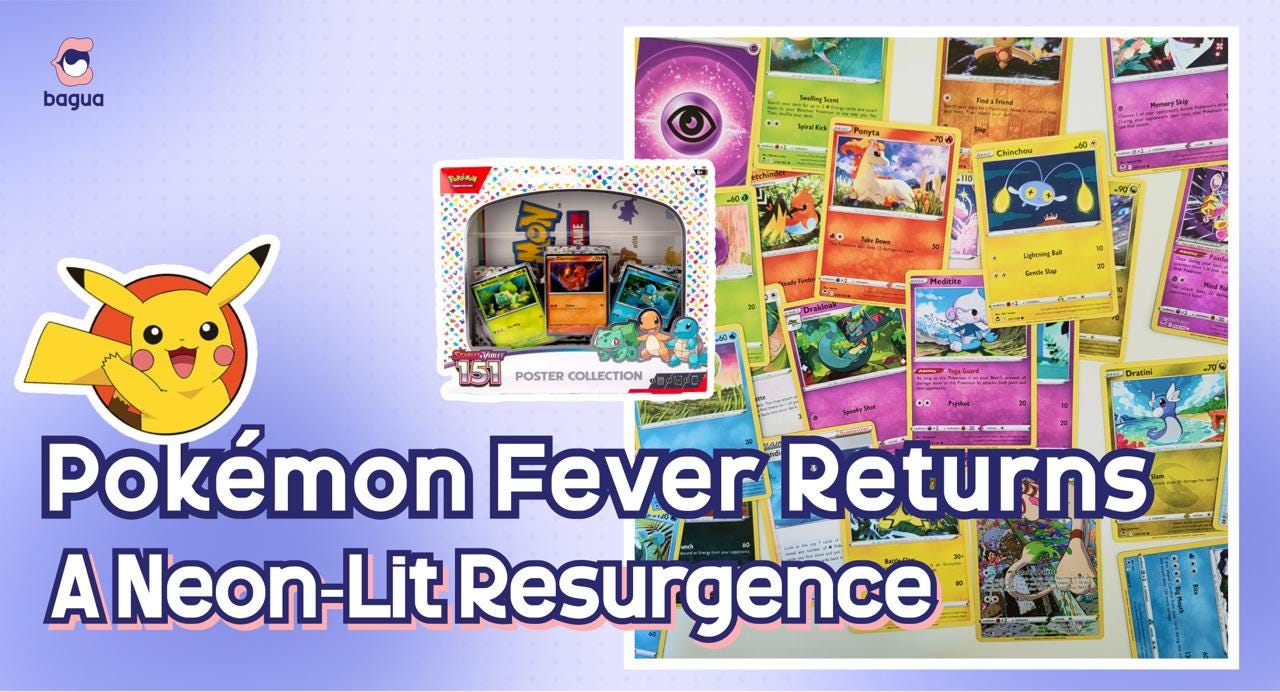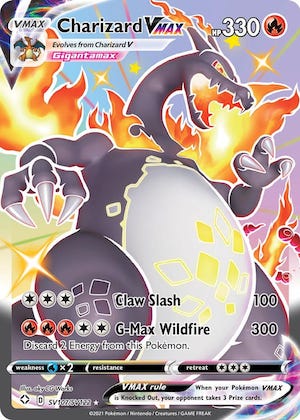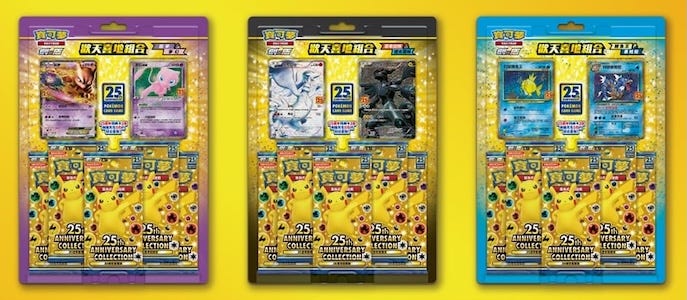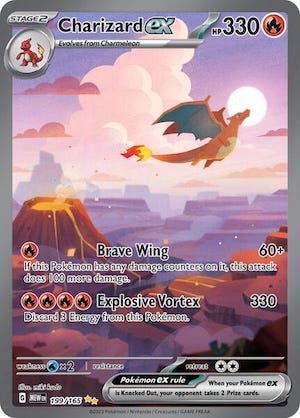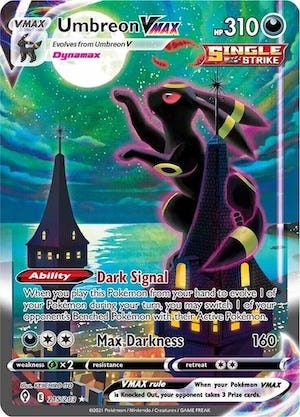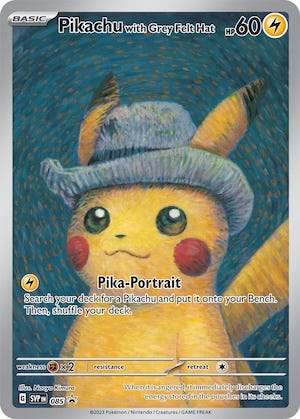Introduction
In the neon-lit corridors of Mong Kok, one of Hong Kong’s busiest and most iconic shopping districts, something extraordinary is taking place. Behind unassuming glass counters, pocket-sized monsters printed on holographic cardboard, or Pokémon Trading Card Game (TCG), are changing hands for sums that could match the cost of a starter apartment in Kowloon. While the Pokémon TCG has been a global craze for decades, the hobby is experiencing a dramatic resurgence in Hong Kong. But how did Hong Kong catch the Pokémon fever again?
Digital hype, investment culture, and a strong wave of nostalgia have made this possible. All starting with a tap on the screen.
The Digital Spark
The initial spark for this resurgence came from a familiar place— our smartphones. We all remember how back in 2016, Pokémon Go took the world by storm with people going on streets to catch virtual Pokémon. Something similar has happened with the launch of a mobile app called “Pokémon TCG Pocket," which quickly reignited the passion for collecting cards globally. With simple core mechanics of offering players two free digital packs to open every day, it roped in millions of players chasing the addictive thrill of "ripping packs" to find rare and unique cards.
The app soared to over 60 million downloads within its first six weeks, according to a press release from The Pokémon Company, and Hong Kong was not just a spectator in this global phenomenon. According to Game World Observer, the city quickly ranked among the top five markets worldwide for the game’s initial revenue. This made it clear that Hongkongers have caught the fever for digital card collecting.
It wasn’t long before this digital craze seeped into the physical world. For many, the app served as a free, accessible entry point that introduced them to modern, valuable cards. Soon, the satisfaction of digital collecting was no longer enough, and the desire to touch and hold a real card grew. The app became the perfect gateway, turning casual players into passionate collectors eager to explore the physical markets.
The Hong Kong Investment Craze
Hong Kong’s unique status as a free trade port worked as an advantage. As cards to be imported without the hefty taxes seen elsewhere. This tax-free status, combined with a local preference for high-quality Japanese cards, has turned the city into a regional hub for collectors. It creates a market that is both more accessible and distinct from its Western counterparts.
This distinction is clear when looking at the cards themselves. Japanese cards are often seen as the premium choice, prized for their superior print quality and original artwork. Although traditional Chinese cards were launched exclusively in Hong Kong and Taiwan in 2019, the demand for the originals remains unmatched.In a city with a strong culture of investment and speculation, Pokémon cards are being treated like holographic investments. Some serious collectors spend upwards of HK$10,000 a month on factory-sealed booster boxes in the hopes of future profits. The line between passionate hobby and savvy investment has started to blur, creating a market with feverish demand for the rarest finds.
Top 5 Investment-Grade Pokémon Cards in Hong Kong (2025)
1. Shiny Charizard VMAX
Set: Shining Fates (2021)
Description:
This card features Charizard in its rare "shiny" form, surrounded by flames and depicted in its powerful Gigantamax state. Known for its striking artwork, it is one of the most valuable and sought-after modern Pokémon cards.
2. Umbreon 25th Anniversary (Traditional Chinese)
Set: 25th Anniversary Collection (Hong Kong/Taiwan Exclusive)
Description:
Released exclusively in Hong Kong and Taiwan, this special edition features Umbreon as a Gold Star promo card. The box includes unique accessories and is highly popular among local collectors for its exclusivity and nostalgic value.
3. Charizard ex (Scarlet & Violet 151)
Set: Scarlet & Violet 151 (2023)
Description:
This card showcases Charizard in a dynamic, full-art illustration, celebrating the original 151 Pokémon. The rarity and popularity of Charizard have driven up its value, making it a favourite for both collectors and investors looking for modern classics.
4. Moonbreon (Umbreon VMAX Alternate Art)
Set: Evolving Skies (2021)
Description:Nicknamed "Moonbreon," this card features Umbreon reaching for the moon in a stunning alternate
art design. It is considered a "grail card" for many collectors due to its rarity, unique artwork, and
rapid price appreciation.
5. Pikachu with Grey Felt Hat (Promo)
Set: Promo (SVP EN 085, 2023)
Description:
This special promo card was released as part of a limited-time collaboration and features Pikachu wearing a grey felt hat, inspired by the famous Van Gogh painting. Its limited distribution and unique design have made it a standout collectible.
This investor appetite was on full display at a recent card show in Wan Chai, which attracted over 2,500 enthusiasts and saw active trading. High-profile sales, like a special edition Pikachu card fetching as high as HK$7,000. For many in Hong Kong, collecting has become a serious portfolio.
The Heart of the Community
But the boom is about more than just money. From bustling Mong Kok arcades to quiet industrial buildings in Kowloon Bay, new card shops are becoming vibrant community hubs. Here, young and old enthusiasts gather for friendly tournaments, trade cards, or to simply geek about their common hobby.
This community thrives both online and off with dedicated social media groups and livestreaming channels. Local YouTubers opening new boxes for thousands of viewers.
Top Ways the Community Engages:
• Local tournaments held weekly in card shops across Mong Kok and Sha Tin
• Facebook and Discord groups for daily trading and price tracking
• YouTube unboxing channels (e.g., HKPokéBox) with thousands of subscribers
• TikTok “pack battles” and reaction videos among local fans
• Live auctions on Instagram for exclusive or rare drops
Ultimately, for many adult collectors, the trend is rooted in powerful nostalgia. The release of the "151 series," featuring the original Pokémon, was a huge reason for drawing back millennial fans who could now afford the cards they only dreamed of as children. It is a way for them to buy a piece of their childhood. As it has "emotional value," it gives them a sense of identity.
The Dark Side of the Boom
However, the frenzy is not without its challenges. The soaring values have attracted scalpers who use bots to buy out popular sets, leaving genuine fans empty-handed and frustrated. This intense demand has also led to a rise in sophisticated counterfeit cards, forcing collectors to become amateur authenticators overnight.
How to Spot Fake Pokémon Cards:
• Blurred text or faded colours, especially on foil areas
• Poor cardstock quality (flimsy or too glossy)
• Off-centre printing or missing trademark details
• Incorrect back design or font inconsistencies
• PSA label that looks pixelated or doesn’t match registry records
Conclusion
A new app may have provided the spark, but the city’s free-flowing capital and deep-seated collector culture supplied the fuel. What began as taps on a screen has remade a nostalgic pastime into something far more complex and compelling, and the boom shows no signs of slowing.
Not to mention, these cards now serve as an emotional tether to the past and, for some, as serious financial instruments for the future. In this neon-lit city, it seems the most valuable assets for a new generation are not always found on the stock market. Sometimes, they are discovered in the shimmering, holographic cards held in the palm of a hand.


